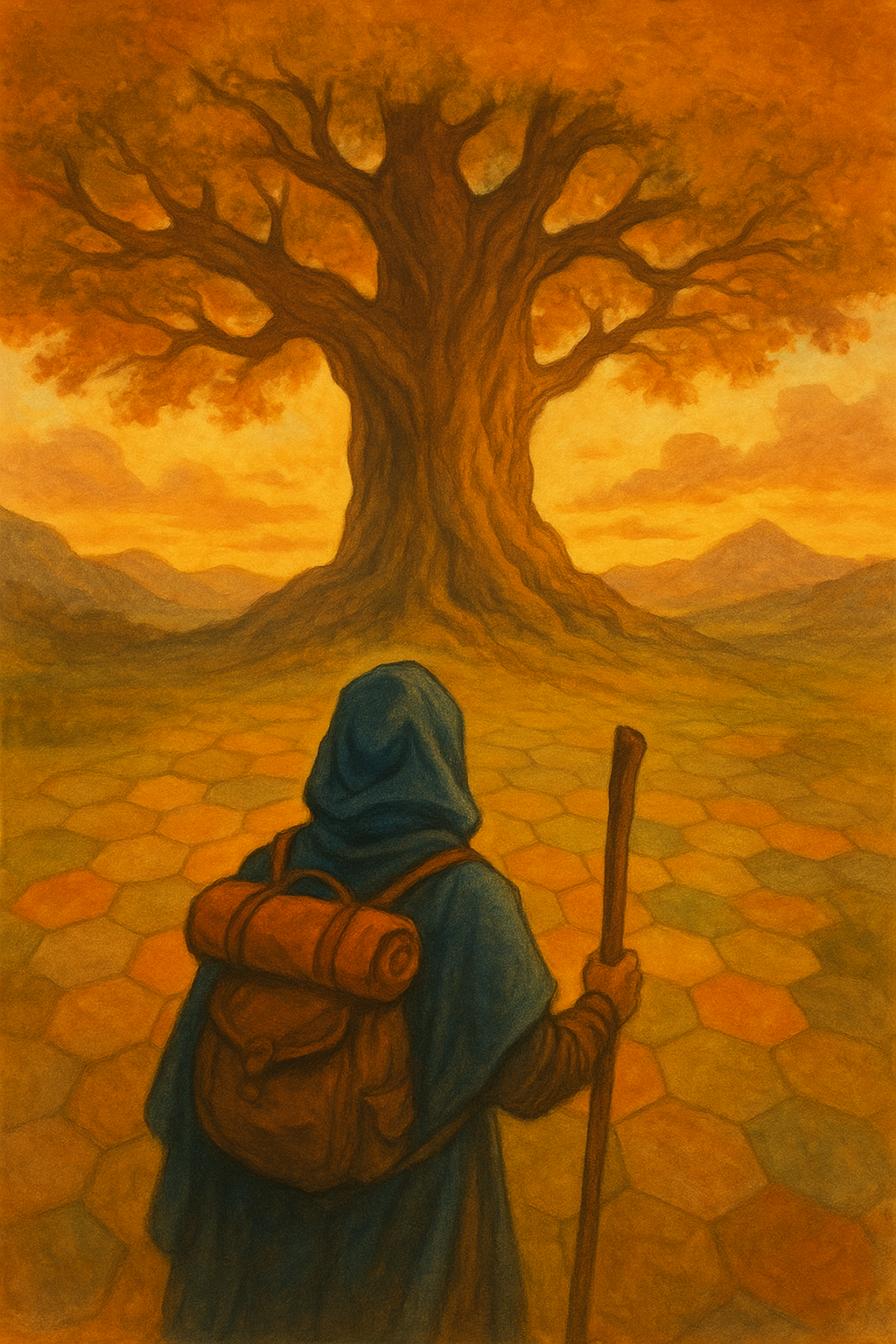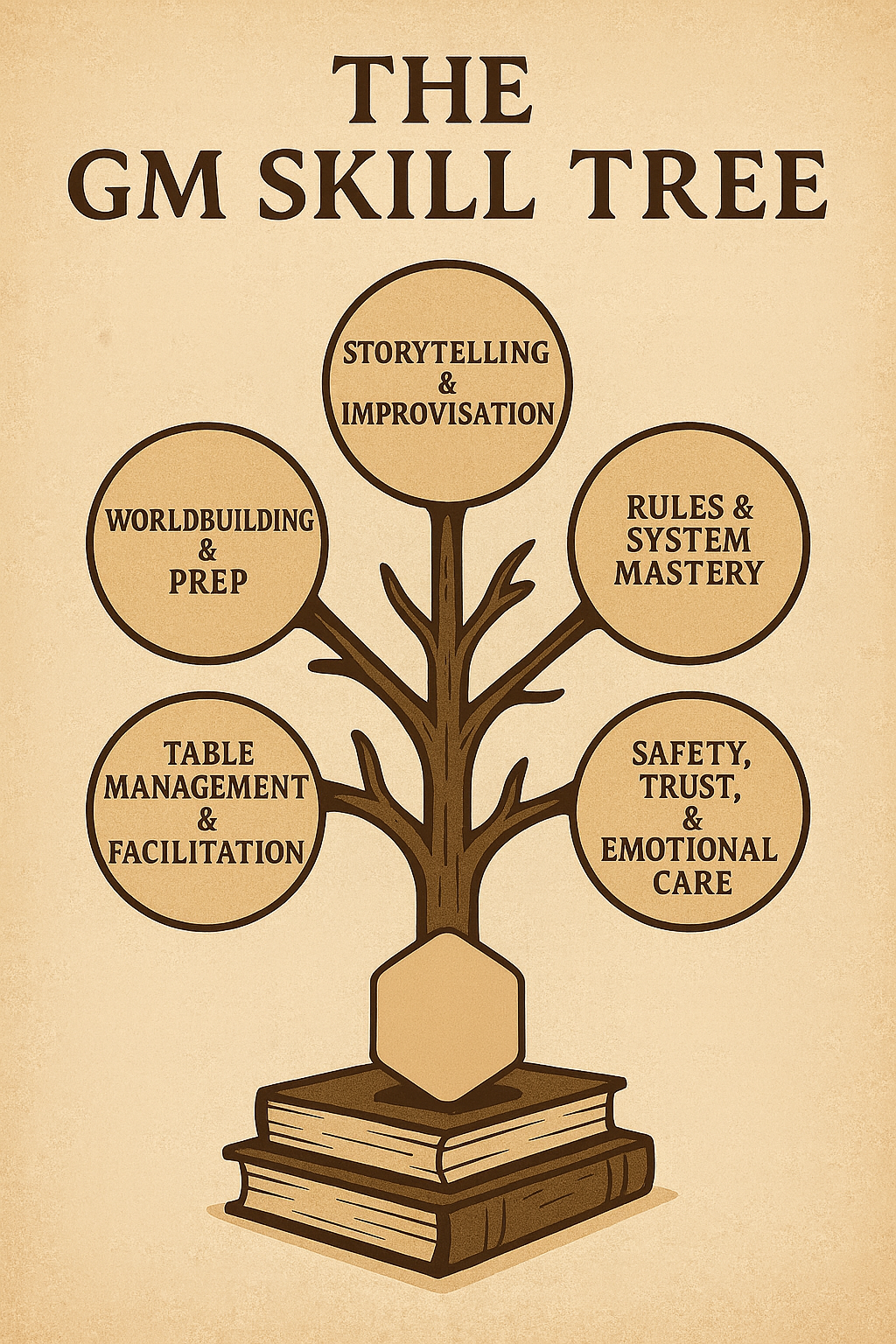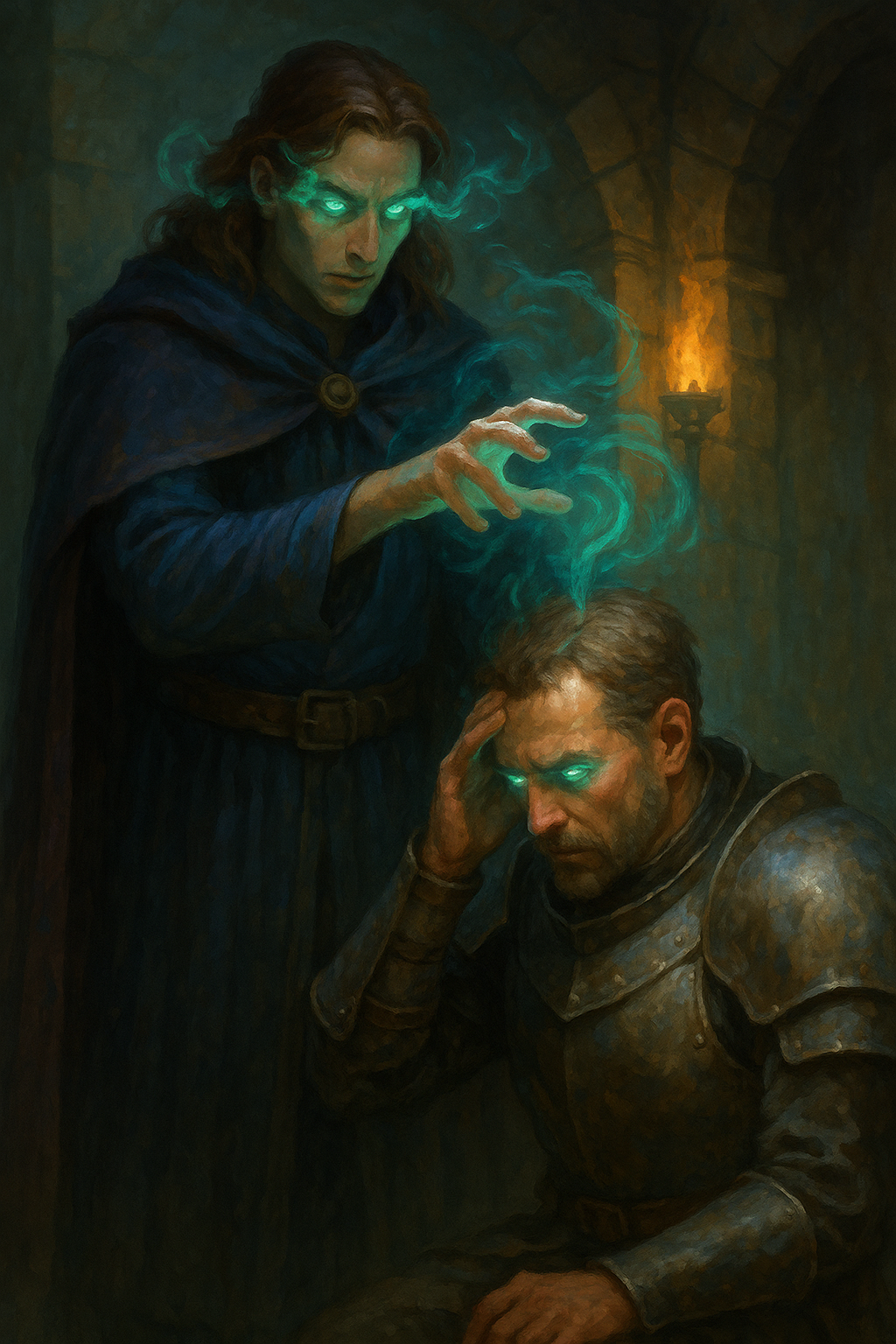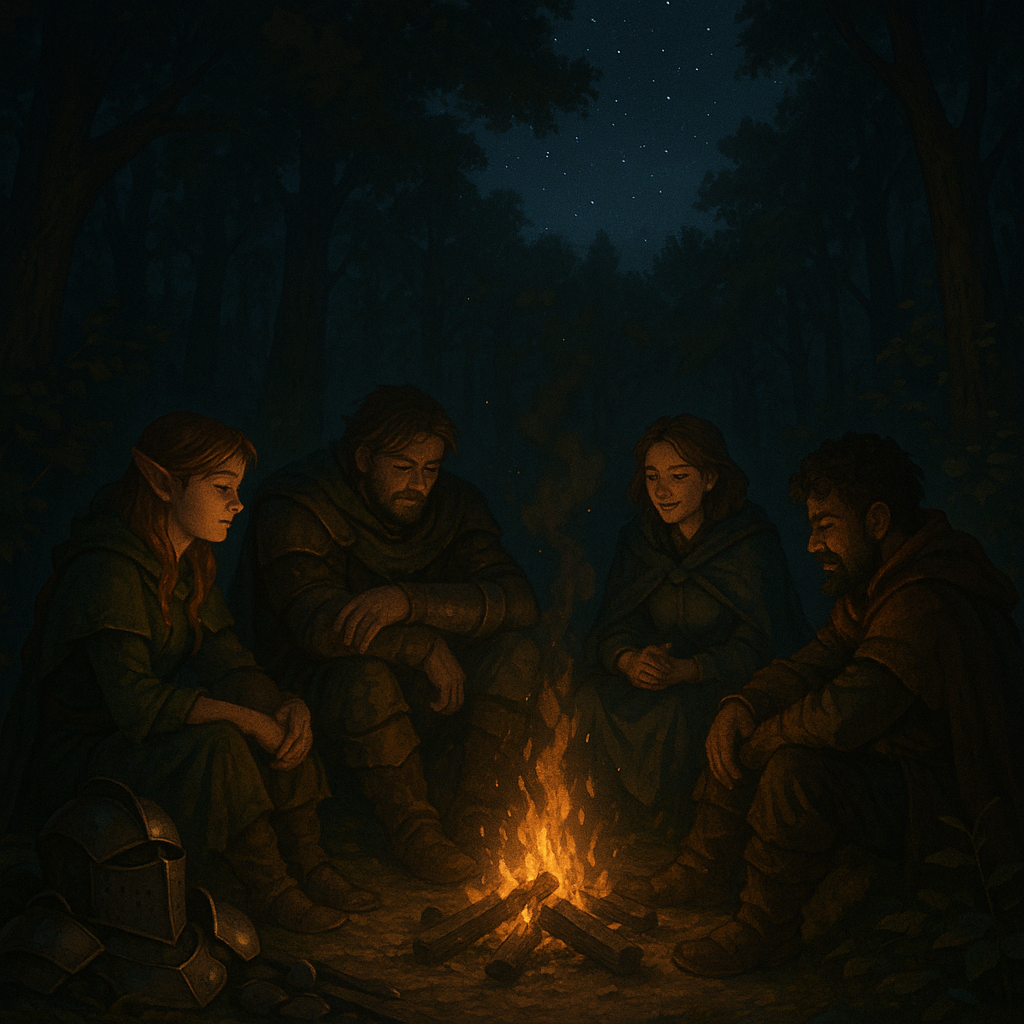Not Feeling Well
The Daily DM • November 6, 2024
Sorry for the Lack of post(s) this week

Dear Readers,
I have had a rough week. I had surgery Monday and am in a lot of pain, so the only post happening this week is the post that got put up today.
I'm sorry for the inconvenience, but I'll be back on form next week once I've gotten half a chance to recover!
Thanks again, Dear Readers.
~The Daily DM























